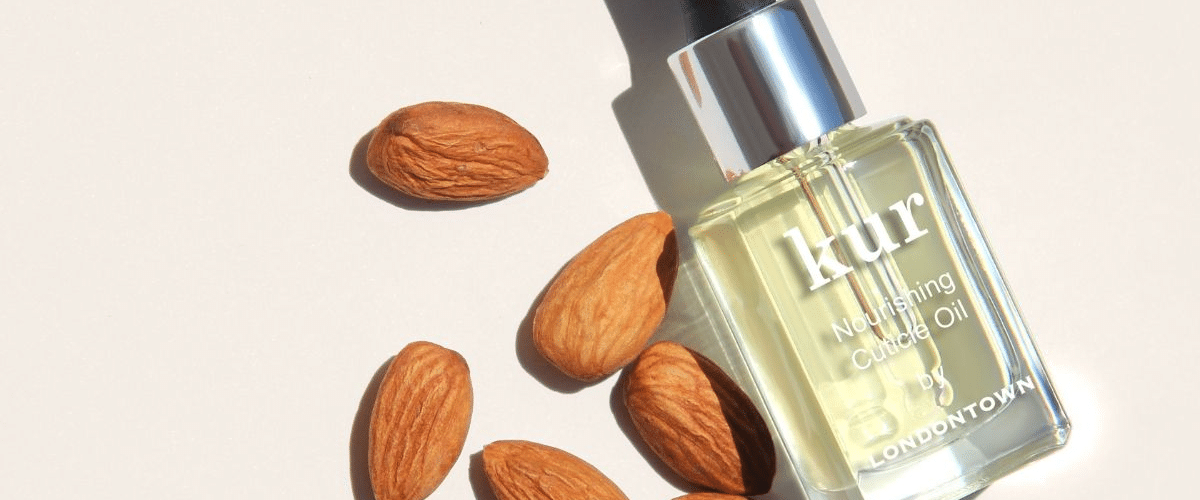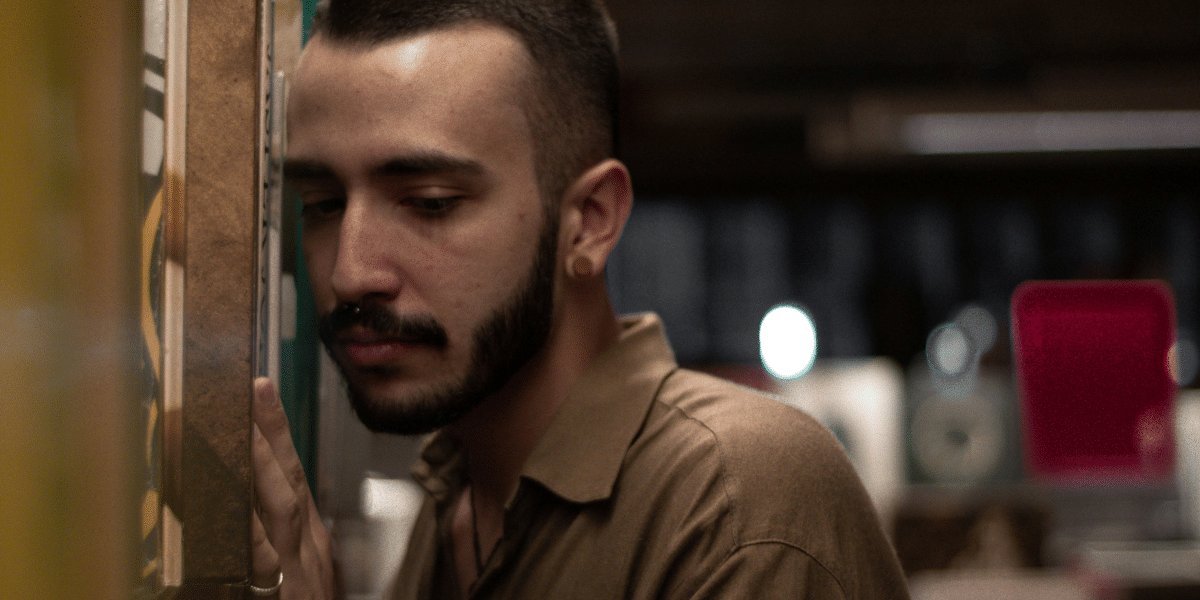Flowers aren’t just beautiful to look at; they play a vital role in the web of life. Many flowering plants rely on insects and other critters for pollination, the process that allows them to reproduce and create seeds. Over time, flowers and their pollinators have evolved incredible strategies, forming partnerships so intertwined that one often can’t survive without the other.
A Match Made by Nature: Co-Evolution in Action
The dance between flowers and their insect partners isn’t just about survival; it’s a story of constant adaptation and change. Co-evolution means that flowers evolve certain traits – maybe a brighter color, a longer bloom, or a strategically placed nectar reward. In turn, the insects best suited to reach that nectar are more likely to survive and reproduce, passing on the traits (like a longer tongue or stronger body) that help them succeed. Over countless generations, this intricate dance leads to incredible specializations.
Orchids are the masters of deception when it comes to co-evolution with their pollinators. The bucket orchid takes trickery to a whole new level! It has evolved to perfectly mimic the shape, color, and even the scent of a female bee. Unsuspecting male bees, driven by the urge to mate, attempt to land on the alluring orchid and end up temporarily trapped inside. During their escape attempt, they get a dusting of pollen, unknowingly becoming the orchid’s unwitting courier to the next deceptive bloom.
Many flowers have hidden patterns called “nectar guides” that we humans simply can’t see. These patterns are visible to insects under ultraviolet light. Imagine a flower that looks plain to us, but to a bee, it’s like a glowing, neon sign saying “LAND HERE!”. These nectar guides direct the pollinator straight to the heart of the flower, where the nectar (and the pollen ready for transport) awaits.
The relationship between a flower’s shape and its pollinator is another amazing example of co-evolution. Hummingbirds, with their incredibly long, slender beaks and ability to hover, are the perfect partners for long, tubular flowers that other insects can’t reach. Their long tongues can probe those depths for nectar, and in return, they get covered in pollen. Bumblebees, on the other hand, are big and powerful. This makes them ideally suited for prying open complex flowers that more delicate insects can’t manage. Each flower offers a unique reward, and each pollinator has the tools to claim its prize.
“The level of specialization we see between flowers and their pollinators is a testament to the incredible power of evolution. It’s a constant arms race of adaptation, ensuring the survival of both species,” notes an evolutionary biologist.
The Sweet Rewards of Pollination
It’s a win-win situation! Flowers lure pollinators in with tempting rewards:
-
Nectar: This sweet, sugary liquid is basically an insect energy drink, fueling their flight and daily activities. Flowers produce it strategically to ensure pollinators come into contact with pollen.
-
Pollen Power: While some insects intentionally collect pollen to feed their young, most of their pollen haul is accidental. As they go about sipping nectar, sticky pollen clings to their fuzzy bodies and gets carried to the next flower they visit.
Beyond Bees: The Unsung Heroes of Pollination
When we think of pollinators, bees usually spring to mind, but they’re just part of the story. A whole cast of critters play essential pollination roles:
-
Butterflies and Moths: While not as efficient as pollen-collecting bees, these fluttery beauties pollinate a wide variety of wildflowers as they sip nectar.
-
Beetles: Often overlooked, some beetle species are surprisingly important pollinators, especially for ancient flowers like magnolias.
-
Flies: Some unsavory flies, like those attracted to rotting meat, also happen to pollinate flowers with a pungent smell.
“The intricate partnerships between flowers and pollinators are a testament to the power of nature’s ingenuity. It’s a delicate balance that supports entire ecosystems,” explains an Entomologist.
Sadly, many pollinator populations are declining due to habitat loss, pesticide use, and climate change. This isn’t just a problem for bees and butterflies; it’s a problem for us! About one-third of the food we eat depends on pollinator activity. Protecting pollinators ensures a healthy future for both our food supply and the natural world’s biodiversity.









